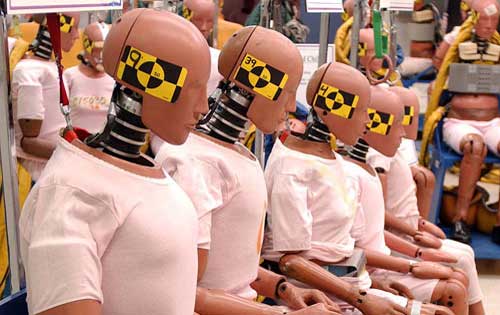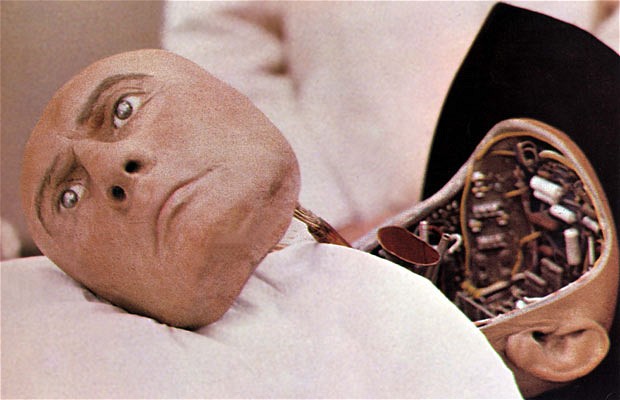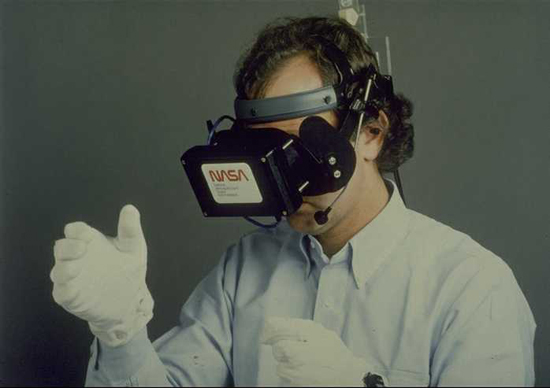
“Merchants of doom emphasize fears of molecular Frankenbots instead of benefit.” (Image by Monsterteeth.)
From Delthia Ricks’ Discovery argument in favor of unloosing synthetic biology experimentation, which has been held back by legitimate concerns but also by some outlandish sci-fi scenarios:
“Off-the-shelf molecular parts could allow synthetic biologists to create new medications and biofuels or to make microbes with the capacity to destroy pollutants and other nuisances. Researchers have built a potential malaria medication, and students have developed a prototype of a new vaccine to stop ulcers.
Shamefully, accolades that resounded a generation ago for biotechnology advances—for instance, recombining DNA to develop human-derived insulin, which is much safer than the animal-derived products that came before—have been drowned out by a misinformed coalition of 114 organizations, including ETC Group and Friends of the Earth. They argue the research must stop until enforceable regulations specific to synthetic biology are in place, and they insist that all alternatives to synthetic biology be considered before an experiment can advance. These demands could halt projects like those of J. Craig Venter, the biotechnologist who built the first self-replicating synthetic bacterium. He is now working on microbes that eat pollution, excrete biofuels, and more. If the coalition has its way, the world will never find out whether these organisms can help us generate energy or clean the air.
There is no documented danger from synthetic biology, yet merchants of doom emphasize fears of molecular Frankenbots instead of benefits like new drugs and energy sources. Worries about monster species are particularly absurd. It is extraordinarily difficult to construct novel organisms, and countless attempts to do so have failed.”























